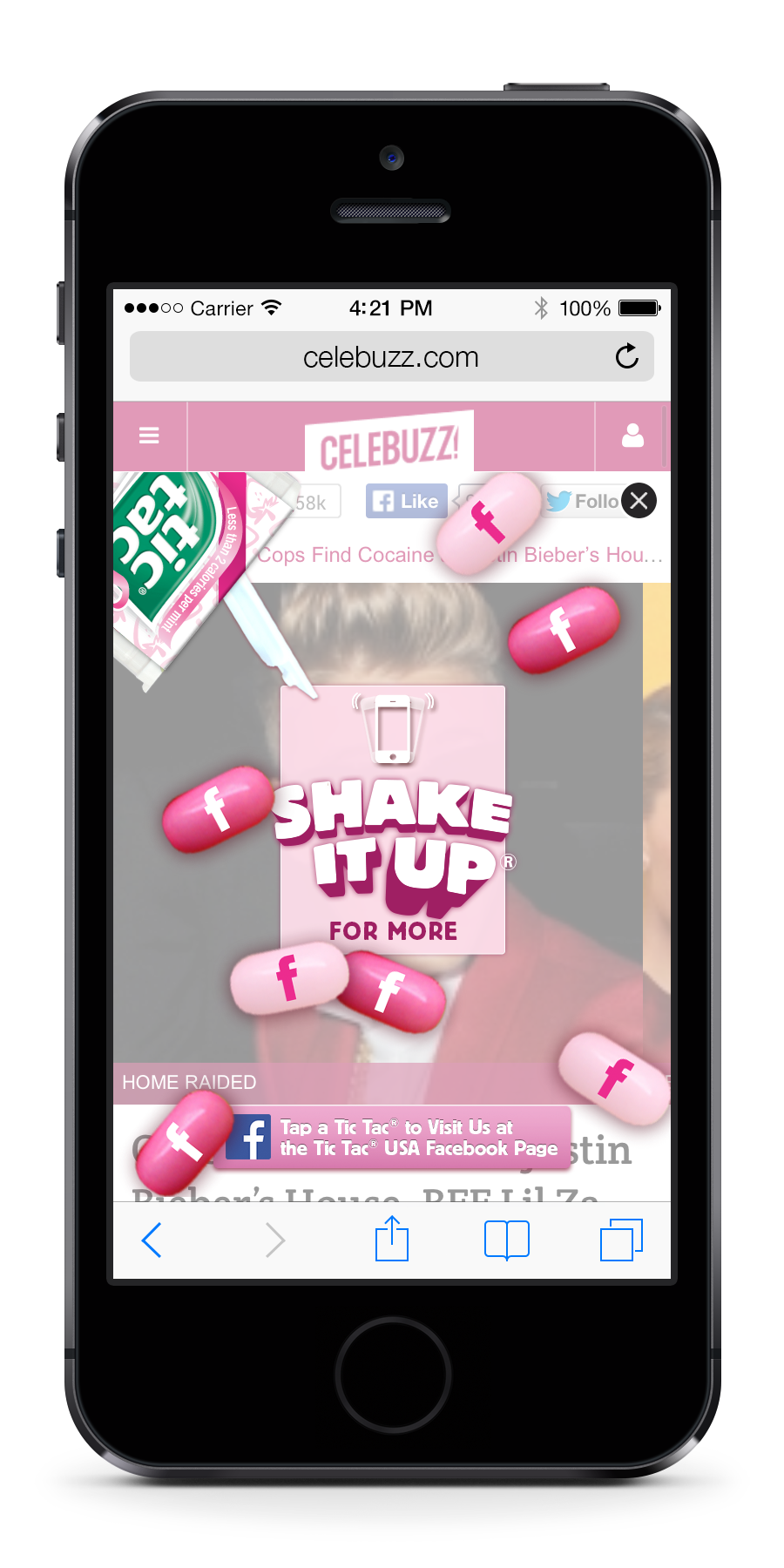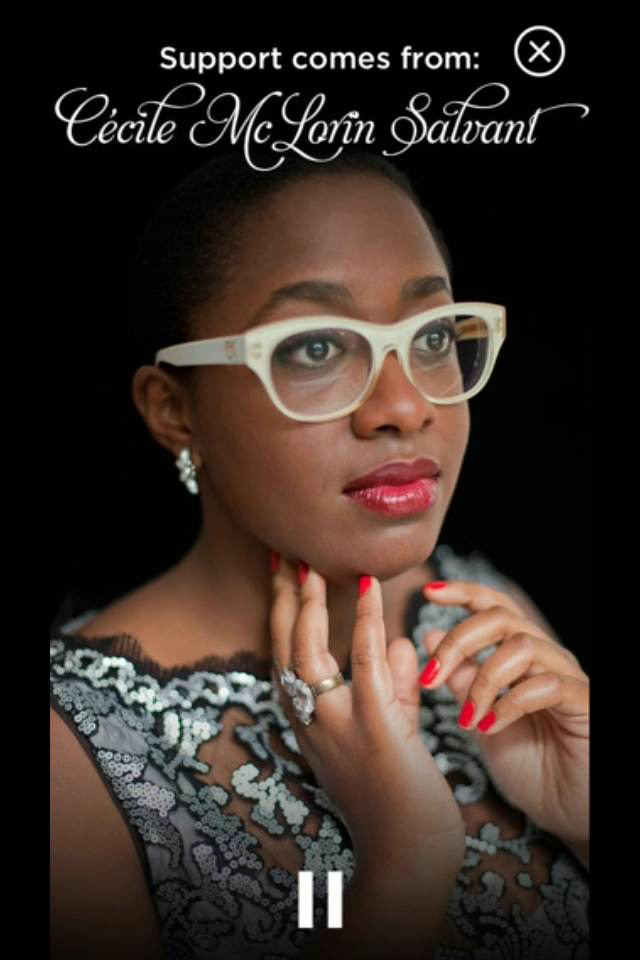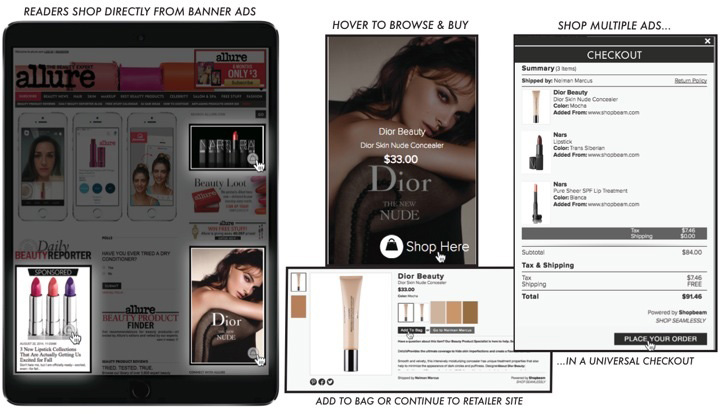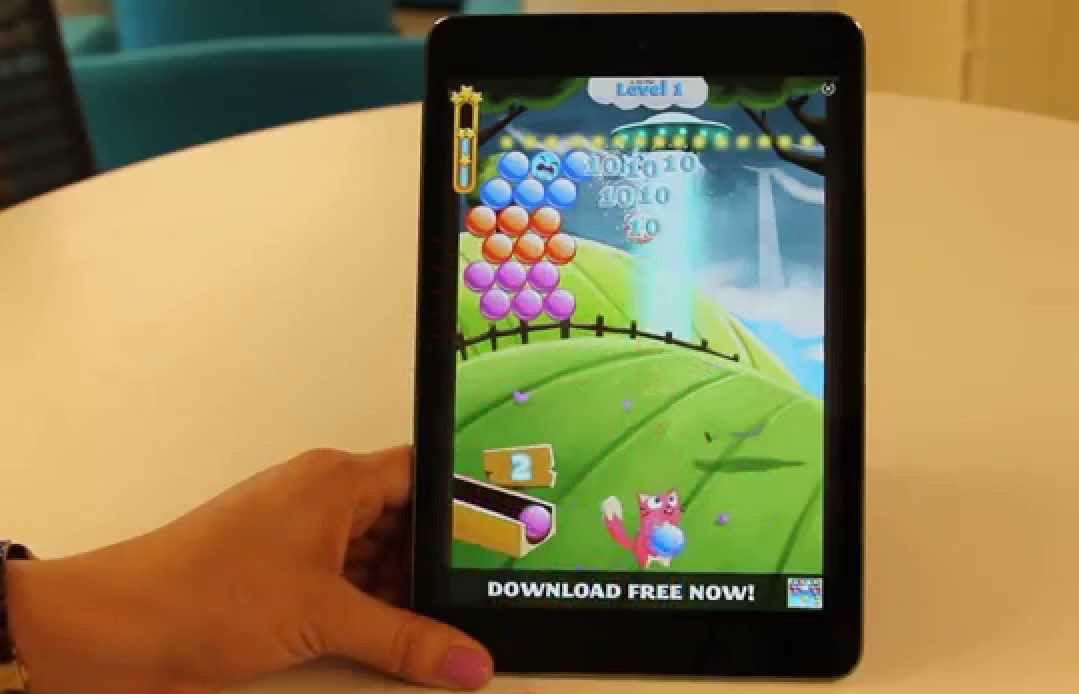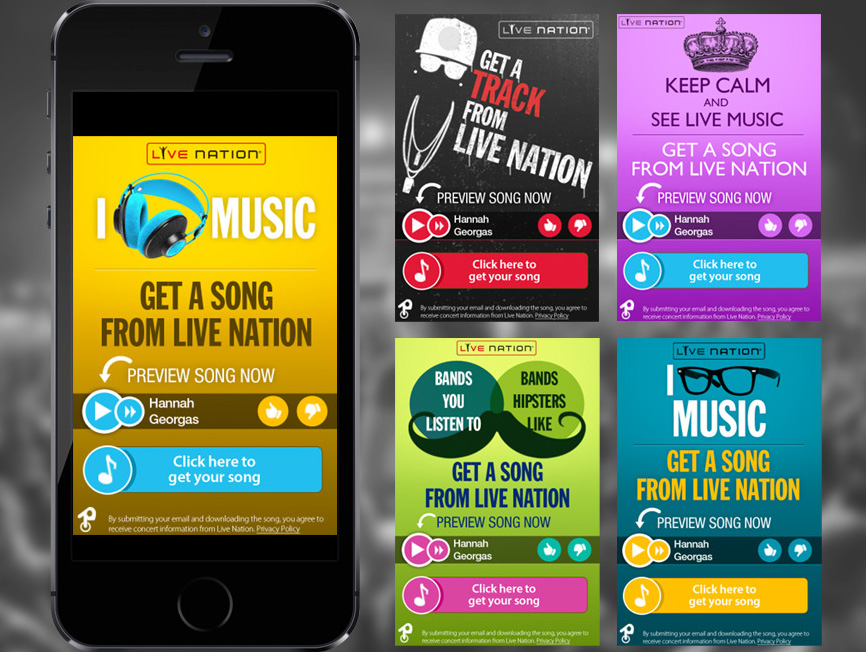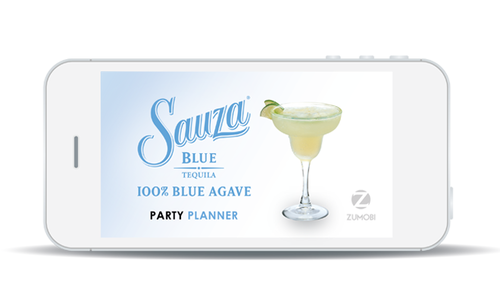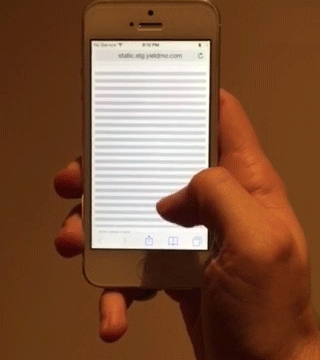 The banner ad was born in 1994 – and some people would be more than happy to see “2014” as the date of death on its tombstone.
The banner ad was born in 1994 – and some people would be more than happy to see “2014” as the date of death on its tombstone.
“Since the banner is digital advertising’s legacy, it’s what most people defer to when considering creative, ad serving and measurement,” said Jeremy Sadwith, VP of engineering at mobile ad platform Kargo. “That mentality needs to evolve – both with buyers and sellers – in order to make widespread progress.”
Although others are less ready to dance on the banner’s grave prematurely – as Peter Spande, chief revenue officer at Business Insider, recently noted: “We can’t blame the banner for bad creative” – Sadwith is less forgiving.
“The banner format is what’s holding back mobile ad innovation,” Sadwith said.
Part of the issue lies with increasingly outdated metrics. Rather than trading on attention, many publishers and advertisers engage in what Joe Marchese, CEO of digital video ad platform true[x], called a “race to the bottom.”
“What’s totally missing in digital advertising is a root understanding of attention – you can’t add a new banner to a web page or add a new impression to the universe without thinking about attention,” said Marchese, whose company was acquired by 21st Century Fox in December for $200 million. “Yes, people have more screen time, but their attention is being continually divided into smaller and smaller slices to the point that it’s reaching near worthlessness.”
Existing standards of viewability also leave something to be desired, Marchese said.
“Why would a publisher force someone to watch something for 10 or 15 seconds if they can get credit for two seconds?” he said, pointing to the IAB’s viewability standard for video of 50% in-view for two continuous seconds.
But there are changes afoot. Kargo started trading on mobile viewability in November, guaranteeing 80% in-view or your money back, and real-time analytics startup Chartbeat gained MRC accreditation for its attention-based metrics the month before that.
“Advertisers need to find a way to be effective with people’s time and attention – and properly price it – or consumers are going to gravitate toward ad-free subscription models. And if that happens, advertisers are the only ones losing out,” Marchese said. “People like advertising to subsidize their content – it just has to be done right.”
These 11 ad tech players are trying to do just that.
true[X]: Mid-Roll Replacement
This unit mimics the high-quality creative you’d find in a TV commercial with an interactive twist. Users have the option to view a 30-second interactive ad, after which they can go right back to the show they were watching.
Clicking on the ad launches a full-screen experience that greys out everything in the background, demanding the viewer’s attention. [Click here or on the image to check it out.]
Kargo: Gyroscope
Mobile is its own animal and it deserves it own format.
Users are prompted to engage with the brand by leveraging the phone’s accelerometer. Shake, tilt or rotate the device to trigger animations or learn more about the product.
[This ad is designed to run on a mobile device, so head over to your smartphone or tablet to check it out.]
XAPPmedia: Audio
According to Clearvoice Research, more than half of all audio content is consumed while users are engaged in activities like driving, exercising, cleaning or walking. And that means that their eyeballs aren’t available to look at advertising creative.
XAPPmedia allows advertisers to create audio ads with verbal calls to action, like “Download app,” “Watch now,” “Send email” and “Call now,” which prompts an automatic dial.
“People don’t watch radio, so if you want to interact with them through that medium, you need to give them a voice option,” said XAPPmedia CMO Bret Kinsella.
[Click here or on the image below to have a listen.]
Shopbeam: Shoppable
Publishers are in a bind – they want (scratch that, need) to monetize their properties, but they don’t want to shunt visitors off to another site after clicking on an ad. To that end, Shopbeam launched a shoppable digital ad product in November with publisher partners Condé Nast and Penske Media Corp.
Dubbed AdShops, the unit doubles as a de facto shopping cart, enabling users to shop, add items and check out without ever leaving the publisher’s website.
[Click here or on the image below to experience the unit.]
mNectar: Playable
“When Steve Jobs introduced the concept of downloading apps, he brought us back five years,” said Wally Nguyen, CEO of mNectar, which taps into proprietary streaming technology to let users experience an app or a game without having to download it to their device.
Basically, it’s try-before-you-buy for the app world. The unit is delivered via ad networks, negating the need for developers to install an SDK. mNectar raised $8 million in Series A funding back in July.
[Click here to check out the Playable unit doing its thing.]
Klick Push: Music
ADjams, a unit developed by music-centric ad platform Klick Push, gives advertisers the ability to add music to their display ads. Users scroll over the unit to preview a selection of free songs chosen by the advertiser. Once they come along a song they like, users can provide their email address to have a free download of their favorite song delivered to their inbox, after which they’re directed to the brand’s site.
“We’re leveraging music to make the advertising experience more engaging – music is highly segmentable,” said Ben Jorgensen, co-founder of Klick Push, which counts LiveNation among its clients. “Our algorithm optimizes the music content based on how many times people thumb up or thumb down a song, how many times they hit next or which songs they download.”
[Click here or on the image below to see how it works.]
NativeX: In-App
NativeX’s video units aim to capture the look and feel of the apps and games they promote. Users unwilling to open their wallets while playing a game to purchase in-app goods, can watch a quick video integrated into gameplay to earn coins, points or advance through levels.
“Ninety-five percent of players don’t make in-app purchases,” said Diana LaGattuta, VP of marketing at NativeX. “When it comes to monetization, either the player pays or the advertiser pays. We’re trying to give the nonspenders a taste of what it’s like to spend.”
[Click here or on the image below to view.]
Innovid: Interactive Pre-Roll
Speaking of video, video ad company Innovid’s iRoll product serves interactive in-unit pre-roll on top of video.
The company produces a variety of units within its iRoll suite, including a shoppable feature that creates a digital pop-up store within a video ad, social incentives and trivia.
[Click here or on the image below to watch one.]
betaworks/Tapestry: Storytelling
For mobile ad company Tapestry, owned by betaworks studio (the tech startup behind reviving news-sharing site Digg), storytelling is the name of the game.
Using Tapestry, advertisers can create interactive stories through mashups of text, GIFs and images. Rather than sitting back to watch a video play, users tap on the content to progressively advance through the “story” being told in the ad.
Tapestry, whose clients include GE, Dove and Fox Searchlight Pictures, claims a 54% completion rate and an average time spent of more than three minutes per ad.
[Click here or on the image below to tap or click your way through Tapestry.]
Zumobi: Immersive
Mobile media company Zumobi focuses on content with some native flavor. The company provides a two-pronged service, powering apps for publisher clients, including NBC News and Popular Science, and running a rich media mobile ad platform.
Zumobi took home bronze in the mobile rich media display category at the 2014 IAB MIXX Awards for its “Girls Night” mobile party planner on behalf of Sauza Tequila. Targeted in-app ads brought users into an interactive experience where they could invite their friends, choose party themes, plan activities, browse snacks and download cocktail recipes – all of which could be saved to their home screen as a mobile web app. Sauza saw a 5% click-through rate and 74% engagement with the units.
“Success in mobile is less about reach and frequency and more about freshness,” said Zumobi co-founder John SanGiovanni. “We’re about long-form, deep content, rather than advertising with a capital “A.”
[Click here or on the image below to check out the Sauza campaign.]
Yieldmo: Scroll
When it comes to ad units, Yieldmo is all about creativity. The company, which describes itself as a private mobile marketplace for premium publishers, makes all of its mobile ad units available for large scale distribution through its proprietary exchange. One such unit is the Hyperscroller, which enables users to advance through an animation as they scroll through a page on their mobile device.
“[Yieldmo’s formats] interact with the reader based on their place on the publisher page,” said Eric Simon, EVP and general manager at Yieldmo. “The design team at Yieldmo’s AdFormat Lab is focused on creating engaging and effective ad formats that aren’t jarring to the user experience.”





![True[X]](https://adexchanger.com/wp-content/uploads/2015/01/TrueX.jpg)
